The dandelion, one of the most common weeds across the globe, is a fascinating plant with several noteworthy characteristics. Found in abundance, its distinctive yellow flowers are a common sight in lawns, fields, and various other landscapes. Each flower emerges from a leafless stem, initially forming a bullet-shaped bud that eventually bursts open, revealing a vibrant globe of delicate yellow petals.
As the flowers develop over a period of approximately one to ten days, they transform into a peculiar light-gray sphere composed of fuzzy seeds. These spherical structures, commonly known as seed heads, patiently await a gust of wind to carry their seeds far and wide. Once the wind arrives, it disperses the seeds, allowing them to embark on their journey to find new places to grow and flourish.
The term “dandelion” originates from the French phrase “dent de lion,” translated in English as “lion’s tooth.” The name is derived from the plant’s jagged-edged leaves, which bear a resemblance to the teeth of a lion. The leaves exhibit a unique arrangement, being divided into sharp lobes, and are positioned close to the ground, often becoming prostrate. This low-lying characteristic enables the leaves to conceal themselves among the blades of grass and surrounding stems, aiding their survival in different environments.
When the leaves of dandelions are cut or broken, they release a milky juice. Additionally, these plants possess a brown taproot, resembling a small, gnarled carrot or ginseng root, typically measuring between 3 to 5 inches in length. This taproot serves as an anchor for the dandelion, firmly securing it in the ground and providing nutrients for its growth and sustenance.
Where to find it and when to harvest it
The dandelion’s resilience and adaptability make it a remarkable plant, capable of thriving in diverse conditions. Its ability to disperse seeds efficiently through the wind ensures its widespread distribution. While some may perceive it as a mere weed, this multifaceted plant continues to captivate observers with its intricate features and tenacity in the face of adversity.
Dandelions, believed to have originated in Greece, have successfully spread across the globe and can now be found in various regions worldwide. In the United States, they have particularly thrived, adapting to different environments and making their presence known in lawns, fields, and areas with consistent moisture. While they are commonly associated with urban settings, dandelions can also be found in specific wilderness areas, showcasing their resilience and ability to colonize diverse habitats.
As a perennial plant, the dandelion blooms most abundantly during the spring and early summer seasons. It is during this time that the leaves are at their peak palatability for both raw consumption and cooking purposes. These tender spring leaves can be incorporated into salads, sautés, or even used as a nutritious addition to various dishes. However, it’s important to exercise caution when foraging for dandelion leaves, ensuring they are harvested from clean and pesticide-free areas.
One of the remarkable features of the dandelion is its extensive root system. The roots can be collected throughout the year, providing a valuable resource for various applications. When gathering the roots, it is advisable to select the largest ones while leaving the smaller, younger roots intact. By replanting the smaller roots, the dandelion can continue to thrive and regrow for subsequent seasons, ensuring a sustainable harvest.
How to use dandelions
Dandelions offer a range of culinary possibilities and nutritional benefits through their various plant parts. The young to early mature leaves are particularly noteworthy, as they can be enjoyed raw in salads or sandwiches. However, as the leaves mature, they become increasingly bitter and require cooking, similar to the preparation of other leafy greens. Once cooked, dandelion leaves resemble the taste and texture of spinach, adding a nutritious and flavorful element to dishes.
The crown of the dandelion, the 1-inch section between the lower leaves and the above ground root section, is often used as a separate vegetable. It can be steamed or boiled to reduce bitterness and incorporated into mixed vegetable dishes or enjoyed as a standalone hot vegetable.
Dandelion roots offer their own unique culinary applications. One popular method is roasting them to create a delectable non-caffeinated coffee substitute. To begin, select the largest available roots and ensure they are thoroughly washed to remove any dirt. Once cleaned, the roots can be dried either by exposing them to the sun or using an oven at low heat.
Subsequently, grind the dried roots using a grain or coffee grinder or a mortar, and pestle. The resulting grounds can then be roasted in an oven set at 225 degrees Fahrenheit until they turn brown. Similar to coffee grounds, the roasted dandelion root can be percolated to create a flavorful coffee substitute. Enjoy it as is, or experiment by adding cream and/or honey for additional taste.
Unseasoned, dandelion root coffee possesses a unique flavor profile, and it takes a while to get used to it. I could say it is a blend between coffee and Postum, which is a popular cereal beverage made from barley, wheat, and molasses.
Furthermore, the cleaned dandelion roots can also be cooked by steaming or boiling, particularly if they are older and more bitter. This cooking method renders the roots tender and allows them to be consumed similarly to parsnips, providing a hearty and nutritious addition to meals.
The vibrant yellow flowers of dandelions can be utilized as well. In the early morning, when the flowers are adorned with dew, they can be carefully gathered and used to create a distinctive dandelion wine through fermentation. This process produces a unique-tasting beverage with the floral essence of the dandelion flowers.
In addition to their culinary versatility, dandelions are rich in essential nutrients. A nutritional analysis of 100 grams of raw dandelion leaves revealed significant amounts of vitamin A (14,000 international units), vitamin C (35 milligrams), calcium (187 milligrams), sodium (76 milligrams), and potassium (397 milligrams). These nutritional components contribute to the overall health benefits and value of incorporating dandelions into one’s diet.
How to process dandelions
When it comes to preparing dandelion leaves for consumption, it is crucial to start by thoroughly rinsing the low-lying leaves to remove any dirt or debris that may have accumulated. This step ensures that the leaves are clean and ready to be utilized in various culinary applications. Additionally, as mentioned before, as dandelion leaves age, they tend to become more bitter. In such cases, blanching or cooking the leaves can help mitigate their bitterness, making them more palatable and enjoyable.
Similarly, proper preparation of dandelion roots is essential before incorporating them into meals or utilizing them as a coffee substitute. The roots should be scrubbed meticulously to eliminate any dirt or soil adhering to their surfaces. By doing so, you ensure that the roots are clean and ready for consumption. Once cleaned, the dandelion roots can be used in a variety of ways, including roasting them to create a flavorful coffee alternative.
Using dandelions as medicine or nutrition
Dandelion has been revered by herbalists all over the world for its potential health benefits, particularly in addressing anemia and liver ailments. The fresh leaves of dandelion are believed to possess purgative properties, aiding in the removal of uric acid from the blood. Herbalists consider them excellent for liver-related conditions. Even more, dandelion is known for its mild diuretic and laxative effect.
The leaves find application in herbal remedies for various health issues such as skin diseases, fever, diabetes, pancreas and spleen problems. On the other hand, the root of the dandelion is used as a tonic, mild laxative, and diuretic, especially in Europe. In fact, dandelion roots were officially recognized in the United States Pharmacopeia, highlighting their medicinal significance.
Research has shed light on the nutritional value of dandelion greens showing that they are a rich source of beta-carotene. Beta-carotene was traditionally believed to convert into vitamin A, but recent studies suggest that beta-carotene itself serves as a potent protector against cancer.
Animal studies have indicated that beta-carotene can potentially defend against tumors and enhance the immune system. Over 70 studies conducted on humans have demonstrated that individuals who consume an insufficient amount of carotenoid-rich fruits and vegetables have an increased risk of cancer, particularly lung cancer.
The aforementioned study revealed that dandelion greens are listed as the highest source of beta-carotene. Just one cup of cooked dandelion greens yields 8.4 milligrams of beta-carotene, surpassing the beta-carotene content found in a similar volume of carrots, which amounts to 6.6 milligrams. It is worth noting that some beta-carotene is destroyed during the cooking process, meaning that the raw consumption of dandelion and other foods would result in even higher levels of beta-carotene intake.
These accounts, coupled with scientific research, highlight the potential health benefits of dandelion, including its role in addressing anemia and liver ailments. Whether utilized in herbal remedies or incorporated into culinary creations, dandelion continues to captivate with its therapeutic potential and nutritional value.
In addition, dandelions can also be used to make wine. Dandelion wine is a delightful and unique creation that showcases the versatility of dandelions. Making dandelion wine allows you to transform these vibrant flowers into a delightful beverage that captures the essence of nature.
The process involves combining the dandelion petals with sugar, water, and sometimes additional ingredients such as citrus fruits or spices to enhance the flavor complexity.
Concluding
Dandelions offer a multitude of benefits that extend beyond their reputation as mere weeds. These resilient plants possess an array of culinary, medicinal, and nutritional properties that have been cherished for centuries.
From their versatile leaves that can be enjoyed raw in salads or as a spinach substitute to their roots that can be roasted to create a delightful coffee alternative, dandelions provide a range of culinary possibilities. Additionally, dandelion leaves and roots have been used in traditional herbal remedies to address liver ailments, skin diseases, diabetes, and more, showcasing their potential in natural medicine.


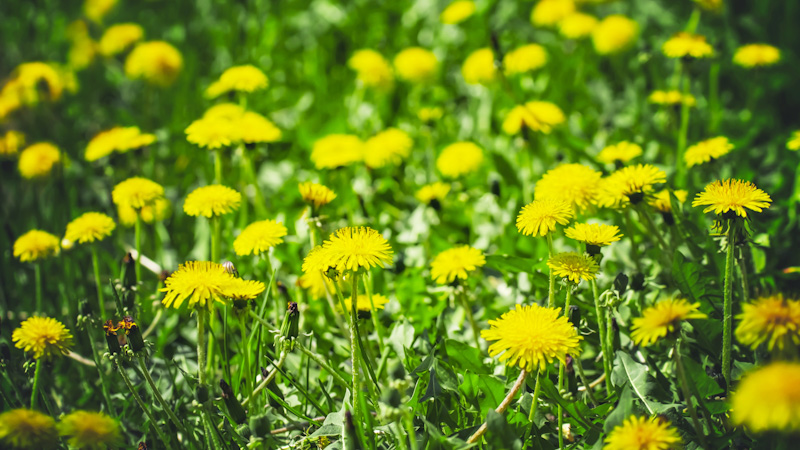


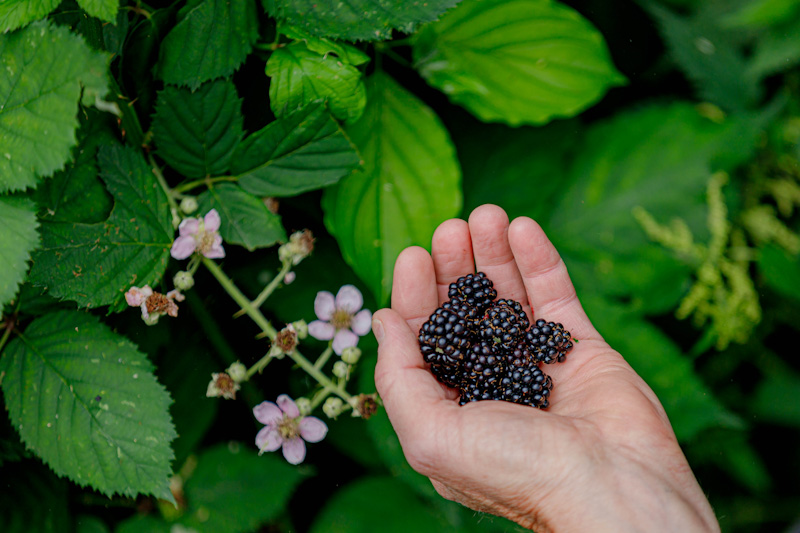
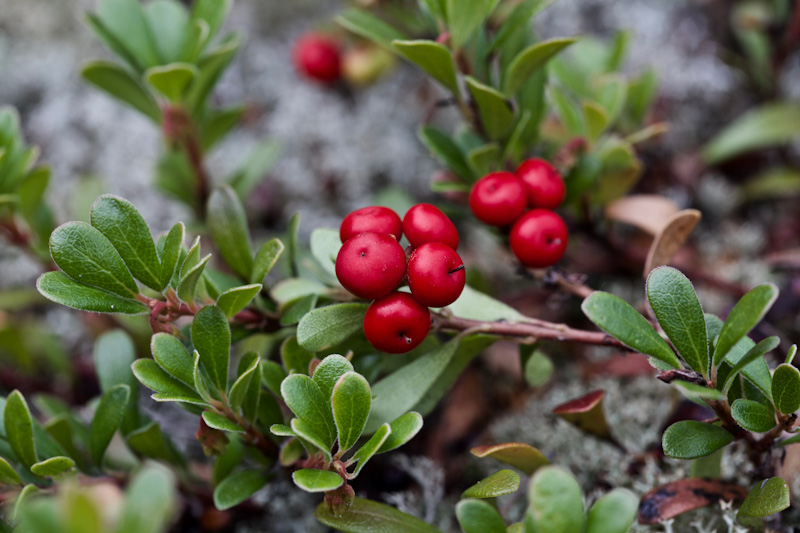
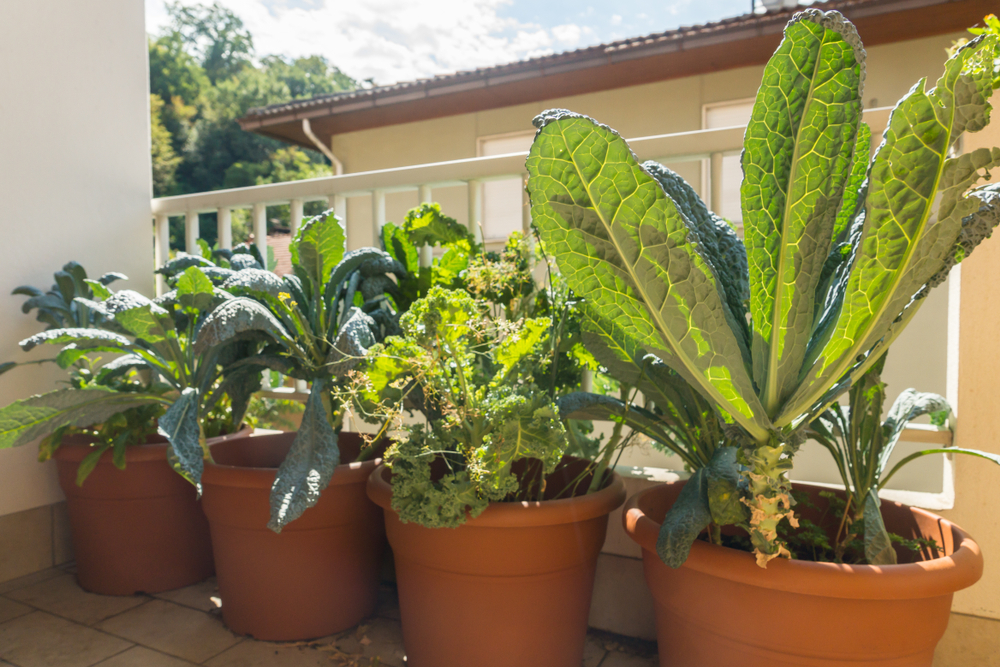
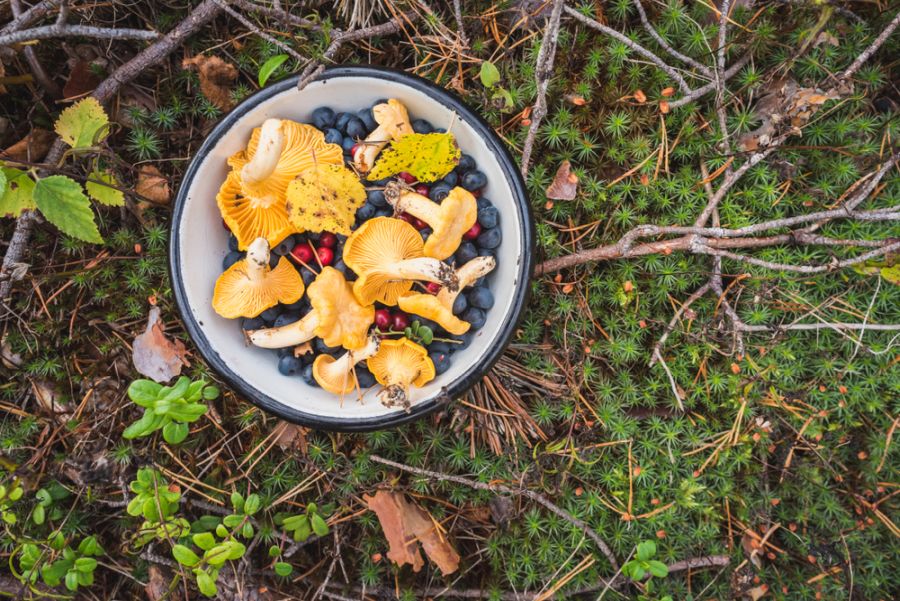

radar | June 15, 2023
|
Dandelion roots can also be harvested in winter, when snow melts and frozen ground thaws. This can be important to know for Northerners, when nothing else is growing. When my hard snow melts I can see the frozen dandelion leaves, so I know where to dig or apply a pick axe. Second year roots are longer and fatter., but that can be hard to determine by eye sight. Better yet, in Spring Time can your dandelions–free food unless you have poisoned your yard.,
Rob | October 30, 2023
|
YOU BETTER GROW SOME REAL FOOD INSEAD OF EATING FLOWERS